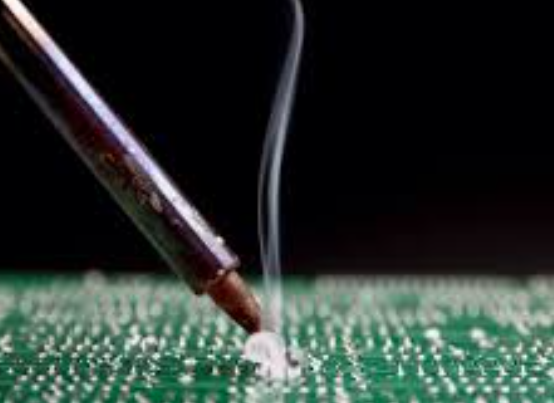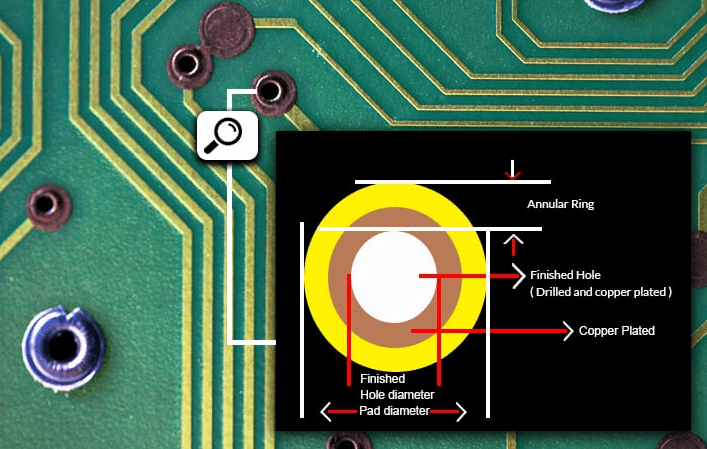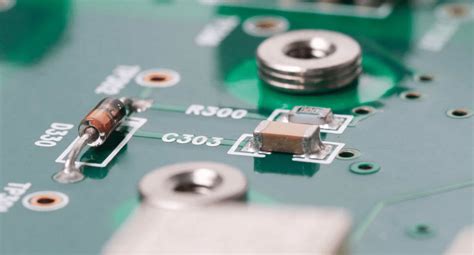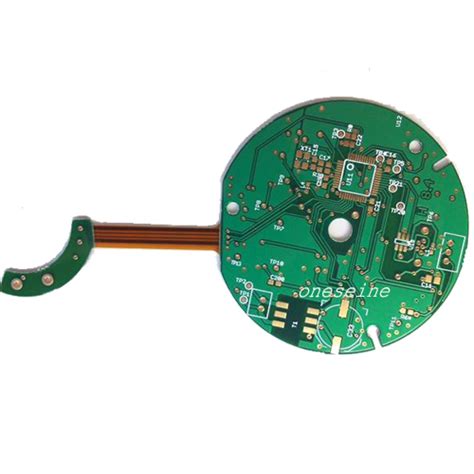Discover the Best PCB Assembly Services for Your Projects
Key Takeaways
When navigating the world of pcb assembly, it’s essential to identify the key parameters that will best influence your project’s outcome. A thorough understanding of pcba processes, including the choice of materials and technology used, plays a vital role in achieving efficiency and quality. Look for pcb assembly services that exhibit strong communication, clear timelines, and a detailed overview of their capabilities. Quality assurance is paramount; ensure that the service provider has robust testing methods in place to guarantee that your designs are produced without defects. Furthermore, fuel your decision-making with expert insights that point towards services known for their reliability and scalability. Cost-effectiveness should not overshadow quality; weigh your budget against potential results carefully. Lastly, remain vigilant about common issues such as inconsistencies in production and delivery delays—understanding how to address these challenges will empower you to select a pcba service provider that aligns with your needs and expectations.
Understanding PCB Assembly: An Overview
Printed Circuit Board (PCB) assembly, or PCBA, is a fundamental process in the electronics manufacturing industry. This intricate procedure involves several steps, beginning with the design of the circuit board and culminating in a fully functional electronic device. Understanding how PCB assembly works is crucial for anyone involved in electronics, as it can significantly impact the performance and reliability of a final product. A well-executed PCB assembly ensures that all components, such as resistors, capacitors, and microchips, are correctly positioned and soldered onto the board.
In addition, rigorous testing procedures are integrated to confirm that connections are properly made and that the assembled board functions as intended. Factors like material quality, precision in placement, and adherence to industry standards play critical roles in the overall success of any PCBA project. As such, investing time to comprehend these elements will not only streamline production but also save time and resources down the line. Ultimately, a thorough grasp of PCB assembly can empower engineers and developers to knock down barriers that could hinder product development or launch timelines.
Key Features to Look for in PCB Assembly Services
When selecting PCB assembly services, it’s essential to consider several key features that can significantly impact the success of your projects. First and foremost, quality control is paramount. Look for services that offer robust quality assurance protocols, ensuring that each PCBA is tested and validated through rigorous processes. This can include automated optical inspection and functional testing to catch any potential defects before assembly completion.
Additionally, check for design support services. Many top-rated companies provide assistance during the design phase, helping you optimize your layouts to prevent issues during manufacturing. This collaborative approach often results in a more efficient assembly process and higher-quality final products.
Another crucial aspect is turnaround time. Assess how quickly a service can deliver assembled boards, as this can influence your project timelines. A reliable PCB assembly service will usually offer fast responses to inquiries and a clear timeline for project completion.
Cost transparency also plays an important role; evaluate the pricing structure of various services to ensure there are no hidden costs. A detailed quotation can help you make an informed decision.
Lastly, consider the flexibility of the service provider. They should be willing to handle orders of various sizes—whether it’s small-batch prototypes or large-scale production runs—without compromising quality.
| Feature | Why It Matters |
|---|---|
| Quality Control | Ensures defect-free products |
| Design Support | Optimizes PCB layouts |
| Turnaround Time | Meets project deadlines |
| Cost Transparency | Avoids hidden fees |
| Flexibility | Accommodates varying order sizes |
By focusing on these vital features, you can ensure that you’re choosing a PCB assembly service that aligns with your project needs and guarantees satisfactory outcomes.
“The right PCB assembly partner not only enhances product quality but also contributes significantly to project efficiency.”
Quality Assurance in PCB Assembly: What to Expect
When embarking on a project that involves PCB assembly, understanding the quality assurance processes in place is crucial to achieving reliable results. Quality assurance in pcba not only enhances product reliability but also ensures that your designs meet industry standards. Expect services to implement rigorous testing protocols, including visual inspections, automated optical inspections (AOI), and functional testing after assembly. These measures help identify potential defects early in the process, leading to more efficient production cycles and lower costs associated with rework or product failures. Additionally, look for providers who utilize high-quality materials and adhere to strict manufacturing guidelines, as these factors greatly influence the durability and performance of your final product. By carefully assessing these quality assurance practices, you can select a pcb assembly service that will bring your designs to life with confidence and precision.
Comparing Top-Rated PCB Assembly Services
When it comes to selecting the best PCB assembly services, it is essential to evaluate a few top-rated options that stand out in the competitive market. Many companies specialize in PCBA, offering varying levels of expertise, technology, and customer support. Take, for instance, services that employ cutting-edge technology to ensure precision and efficiency. These companies focus on quality assurance by implementing rigorous testing methods throughout the assembly process, ensuring that each part functions flawlessly in its intended application.
Moreover, looking into customer feedback can illuminate how well a service provider manages timelines and communication, which are crucial aspects of the assembly process. Companies that maintain open lines of communication often build trust with their clients and can adapt more readily to any unexpected changes or challenges.
It’s also beneficial to assess the range of services offered, such as low-volume production or rapid prototyping, as these can better meet the specific needs of your project. Ultimately, comparing the strengths and weaknesses of these PCB assembly services enables you to pinpoint which provider aligns best with your project requirements while ensuring your designs come to life efficiently.
Expert Insights: Choosing the Right Service for Your Needs
When it comes to selecting the ideal PCB assembly service for your projects, several factors come into play that can significantly influence the outcome of your designs. First and foremost, it’s essential to evaluate the expertise of the service provider. Look for companies that have a solid track record in handling various types of PCBA, as their experience can ensure higher quality and adherence to industry standards. Additionally, consider their technical capabilities; a diverse range of machinery and up-to-date technology often correlates with better performance in assembly tasks, ensuring that your designs are brought to life with precision.
Another key factor is the customer support provided by a PCB assembly service. Responsive communication channels can help address any concerns or modifications needed during the assembly process, promoting a smoother project progression. Furthermore, assess their quality assurance protocols; reputable services will have rigorous testing processes in place to minimize errors and enhance reliability.
Cost-effectiveness also deserves attention. While it’s tempting to choose the least expensive option, consider the long-term implications on quality and durability when it comes to PCBA. Balancing cost with quality should be one of your top priorities when choosing a provider.
Ultimately, taking time to perform thorough research and asking potential suppliers questions related to these areas will empower you to make an informed decision tailored specifically for your needs. This proactive approach not only enhances your likelihood of success but ensures that your final product meets or exceeds industry expectations.
Cost Considerations for PCB Assembly Projects
When embarking on a PCB assembly project, understanding the associated costs is crucial for making informed decisions. The price of PCBA can vary significantly based on numerous factors including material selection, volume of production, and complexity of the design. A lower-cost option might seem appealing initially; however, it is important to weigh this against potential impacts on quality and reliability. Investing in high-quality materials and experienced expertise can lead to better long-term performance, minimizing the likelihood of costly redesigns or production delays down the line. Furthermore, consider the costs of additional services such as testing, prototyping, and assembly support; these can be vital in ensuring a successful final product. Taking into account both direct and indirect costs associated with pcb assembly will help you budget effectively and select a service that not only aligns with your financial expectations but also meets your quality standards. Ultimately, understanding these cost considerations ensures that your projects are executed efficiently and effectively from start to finish.
Common Challenges in PCB Assembly and How to Overcome Them
Engaging in pcb assembly can present several challenges that may impede the progress of a project. A frequent issue is layout complexity, which can lead to difficulties in ensuring precise component placement. To address this, designing a clear, straightforward layout with proper spacing and alignment is essential. Another common problem is component sourcing, especially with dwindling supplies or obsolete parts. Establishing strong relationships with reliable suppliers can alleviate this hurdle, ensuring the necessary components for pcba are available when needed. Quality control is also paramount; defects during assembly can result in functionality issues down the line. Implementing stringent quality assurance protocols—such as automated optical inspection systems—can help identify problems early in the process. Additionally, managing production timelines poses a challenge, as delays can disrupt the entire development cycle. By utilizing effective project management tools and clear communication channels among teams, companies can streamline timelines. Overall, recognizing these challenges associated with pcb assembly allows for proactive measures to ensure successful outcomes in your projects.
Future Trends in PCB Assembly Services
As the demand for PCB assembly continues to rise, several key trends are shaping the future of PCBA services. One notable trend is the shift towards automation in manufacturing processes. Companies are increasingly investing in advanced machinery and software that enhance precision and reduce production time, ultimately leading to more efficient PCB assembly methods. In addition, with the growing emphasis on sustainability, eco-friendly materials are becoming more prevalent in the industry. Consumers and manufacturers alike are advocating for greener processes that minimize waste, making sustainable practices an essential consideration when selecting a PCB assembly service.
Furthermore, the integration of Internet of Things (IoT) technology into PCB designs is a game changer. As electronic devices become smarter and more interconnected, PCBA services that can accommodate complex designs while ensuring functionality will be favored. This trend requires service providers to stay ahead of technological advancements and improve their design capabilities.
Lastly, the demand for rapid prototyping is set to increase as startups and tech companies strive for faster product launches. Services that offer quick turnaround times while maintaining high-quality standards will gain a competitive edge. Adaptability and responsiveness to market needs are becoming vital attributes for any future-focused PCB assembly service provider. Staying attuned to these trends will ensure that manufacturers can effectively execute their innovative designs while meeting customer expectations efficiently and reliably.
Conclusion
In summary, selecting the best PCB assembly service is crucial for the success of your electronic projects. With various options available, it is essential to identify services that not only offer competitive pricing but also prioritize quality and reliability. Look for features such as comprehensive quality assurance, efficient turnaround times, and a clear understanding of your specific needs. Additionally, collaborating with experienced professionals can greatly facilitate the design-to-production transition, ensuring that your PCB assembly process is smooth and effective. Recognizing common challenges in PCBA can further aid in making informed decisions, ultimately leading to optimal project outcomes. By considering these factors, you empower yourself to bring your designs to life with confidence and efficiency.
FAQs
What is PCB assembly?
PCB assembly, or PCBA, is the process of soldering components onto a printed circuit board to create a fully functional electronic device.
Why is quality assurance important in PCB assembly?
Quality assurance ensures that the PCB assembly process meets specific standards, which reduces the likelihood of defects and guarantees product reliability.
How do I choose the right PCB assembly service?
Selecting a suitable PCBA service involves evaluating their expertise, quality certifications, customer feedback, and turnaround times to ensure they align with your project’s requirements.
What should I consider when comparing PCB assembly services?
When comparing services, consider factors such as cost, manufacturing capabilities, lead times, and customer support. These elements can greatly influence your project’s success.
Are there common challenges associated with PCB assembly?
Yes, challenges such as component shortages, design errors, and manufacturing inconsistencies can arise. Proper planning and communication with your PCB assembly provider can help mitigate these issues.







